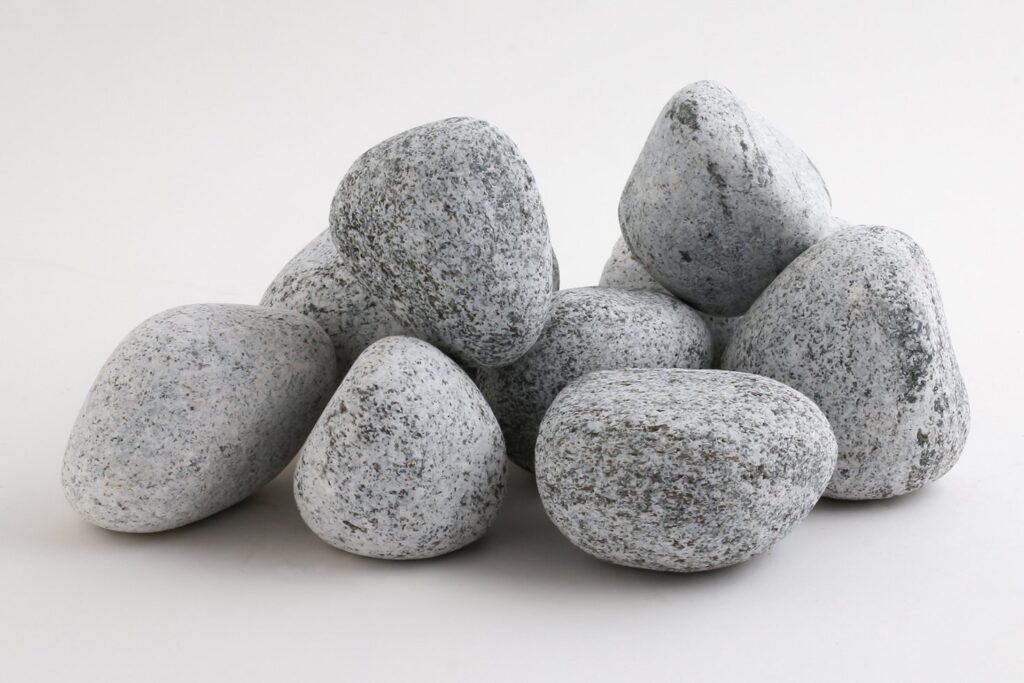Natural Stone History Know Origin & rates of Different monuments

Every arbor of natural gravestone has a piece of geologic history. World of Stone’s stunning products authentically take you to another time in natural gravestone history. The movement in the gravestone, which appears to be exquisite art, is a true picture of the Earth’s movement over time.
The use of jewels has had a tremendous impact on humanity’s artistic and specialized development throughout civilisation. The term’ gravestone’ has a long history dating back to age when monuments were employed as weights.
When you buy natural marble, determinedness, slate, or limestone, you’re buying accoutrements that have been around for 300 to 500 million times. They come from each across the earth, where mainlands and swell, earth movements, earthquakes, and stormy eruptions have continuously converted the geography.
Some may indeed have fossilised shells, fish, creatures, and foliage on them. While there are just three major types of jewels – sedimentary, igneous, and metamorphic – the shape that they’ve evolved into is the result of a variety of combinations and rates, giving the gravestone its enduring beauty and strength.
Igneous Rocks
Igneous jewels are formed when lava, a molten gemstone set up beneath the earth’s face, cools and solidifies, enmeshing intricate and precious minerals within its structure. similar gemstone chargers can appear as flowing layers or appear aimlessly, both of which lead to magnific goods when the gravestone is cut and polished. determinedness is one of the most considerably booby-trapped igneous gemstone accoutrements .
They’re unyielding, but they manage to give an seductive work face. Granite’s wide range of colours is due to the variety and conformation of minerals it contains. It’s a true reflection of natural gravestone history.
Metamorphic jewels
Metamorphic jewels are formed when sedimentary or igneous jewels are subordinated to extreme heat and pressure beneath the earth’s crust. The deeper a gemstone is buried beneath the earth’s face, the more likely it’s to have a different range of beautiful colour combinations. We use high- grade gravestone that comes from far beneath the earth’s face. Marble, a metamorphic gravestone, constantly displays dramatic features where it has been stretched, squeezed, and shattered. Slate, on the other hand, is created near to the face, making it a lower- grade gravestone.
The Odd Stone
It’s true of people, and it’s also true of monuments. Not everyone fits neatly into a box. Soapstone, for illustration, isn’t at each like other jewels. It manages to be both soft and thick at the same time. You can scrape it with your fingernail, but no matter how careless you are, you can not discolour or burn it. Soapstone is further of a group of monuments than a single item, and it’s one of the distinct objects of natural gravestone history.
The Mohs Scale
In 1822, a German named Frederich Mohs cooked the Mohs scale to assess the hardness of colorful monuments and estimate natural gravestone history to find felicity for particular tasks and settings. This determined which tools were ideal for cutting, sculpturing, and polishing, as well as the position of care needed to keep the finish in good condition.
moment, the Mohs scale of measuring is still in use. Understanding the Mohs scale can help natural gravestone possessors avoid damage when minding for their shells.
Beach with a fortitude standing of 6 will damage softer accoutrements like marble with a fortitude standing of 3.
A material like determinedness with a standing of 6 is better for kitchen benchtops since it does not scrape or etch fluently, whereas a marble kitchen benchtop with a standing of 3 is more prone to etching and scratching.